Welcome to next installment in the New Bedford Streets; A Piece of Americana series. Previously we covered William Street, Kempton Street, Middle Street, Centre Street, Ashley Boulevard, Elm Street, Coggeshall Street, and others. If you would like to read those or perhaps revisit them, they can be found by using the search bar to the right. You can also select the “Streets” category.
As usual, I’d like to re-iterate the importance of reader feedback, correction, and contributions. In the process of exploring these streets, I try to confirm or validate statements and dates by finding multiple sources. Unfortunately, if all those sources are making their statement based on an older, incorrect source, and there isn’t any dissenting information available, there’s no way to know otherwise. So by all means, please join in.
In addition, when trying to validate some statements, often there is very little to no information available. I haven’t decided which is worse – finding one source, or finding multiple sources, but not knowing if they were all founded on an inaccuracy. So help from local historians, those who remember, oral histories and anecdotes handed down through the generations, people with private collections, and even know-it-alls will help!
By all means, let us make this an open discussion to keep the “wiki” accurate.
Mechanic’s Lane is one of those streets, where I’ve often wondered how it was named. My friend and I simply dubbed it “Mugger’s Alley,” since it was so narrow and dark. Was it a “side” street off the public thoroughfare specially designed for mechanics? Perhaps it was a street lined with them? Could it -as odd it is may be- a street named after a fellow with the surname “Mechanic”?
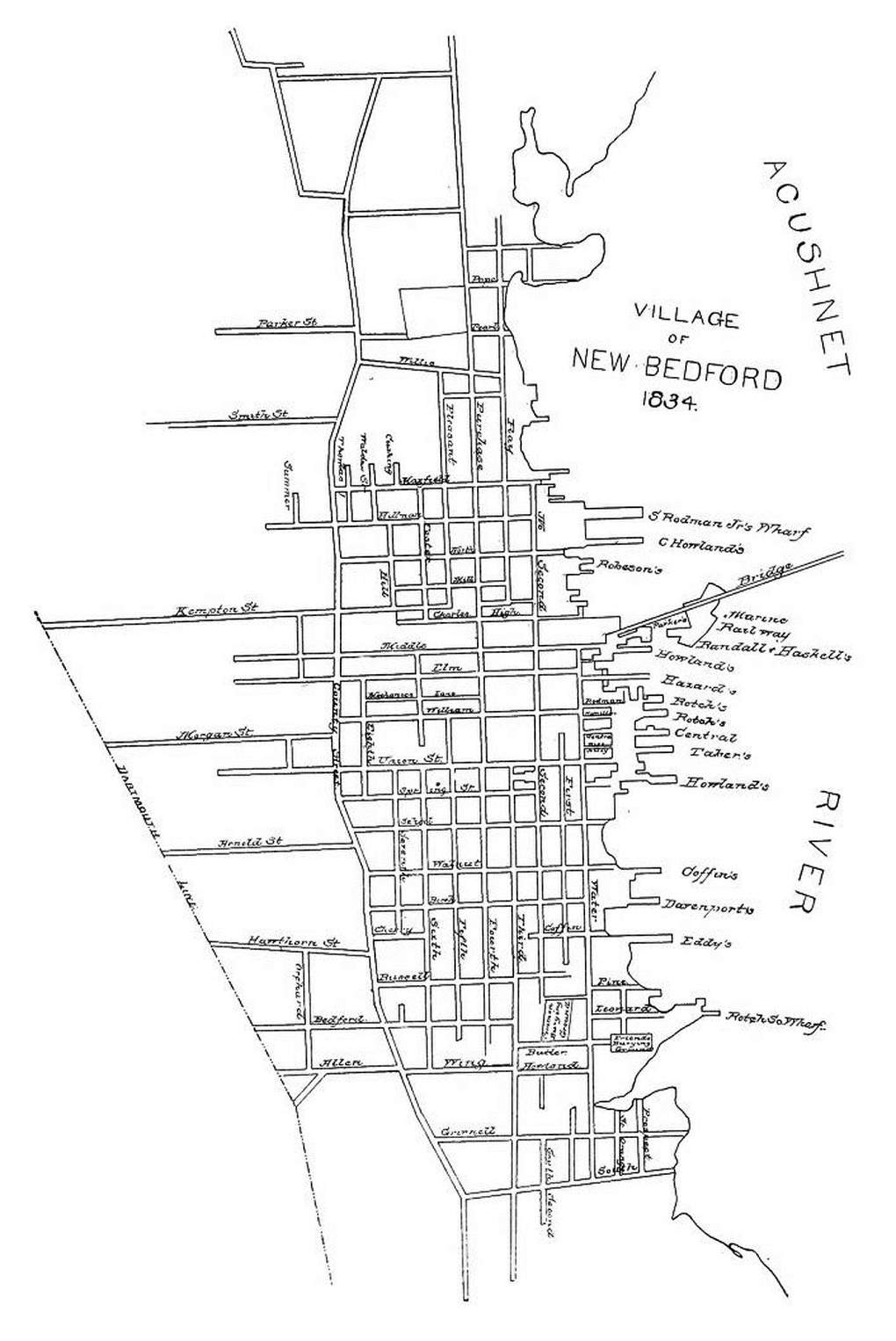
The clue to the origin of this street’s name is, well, in its name. In the Rodney French Boulevard installment we discussed the etymology and reasoning behind the differences between “Street,” “Avenue,” and “Boulevard.” In the case with “Lane,” it is defined as “A narrow passageway between fences, walls, hedges or trees,” or “A lengthwise division of roadway intended for a single line of vehicles.” It is derived, virtually unchanged, from the Old English lane, lanu meaning “a narrow hedged-in road.”
These days, people believe that the terms are synonymous and that city planners were rather willy-nilly with the differences in street labels. Avenue? Lane? Way? Court? Road? All the same, pretty much as far as most are concerned. However, through the 17th-19th centuries – or “olden days” as my daughter used to say – urban planners were quite the stickler with these labels. They were important, and for good reason: it let you know whether it was public, private or municipal, paved or unpaved, lit or unlit; whether it was a major carriageway that went through the heart of the city and would get you to your destination quickly or whether it was a nice drive through – ahem – “East Cutty.”
Anyhow, I digress. The earliest mention of Mechanic’s Lane in the records is on an 1834 map. It seems as far as records show, it’s been the same length “from Purchase street west to Eighth.” Then, a bunch of buildings “get in the way” and it continues as Dover Street -one of the city’s shortest streets- to the East and Morgan Street to the West, so to speak.
Seems like an odd bit of city planning on the surface, but when you take into account the surrounding grid of streets it makes more sense. It’s sandwiched between Elm Street to the North and William Street to the South and the aforementioned Purchase and 8th.
So what to make of this? The answer in an indirect way, is hinted at in the term mechanic. Today a mechanic is specifically the fellow that takes advantage of unknowing old ladies – no, wait. Sorry, I meant to say the guy that repairs automobiles.
In the real “olden days” let’s say a few thousand years BCE, it referred to any person who was “full of resources, inventive, ingenious.” Incredibly general. By the 14th century it was a term “pertaining to or involving mechanical labor.” We’re getting closer now!
In the 19th century it was still a general term, but within a narrower field. One could say it was synonymous with the term “craftsman.” It was a term that I suspect would be followed with the question “Which type of mechanic?” It could refer to seemingly related fields of study like engineering, repairing fire engines, blacksmithing, and seemingly unrelated fields of study like navigation, medicine, agriculture, and even hunting. The entire field was called Mechanic Arts. In fact, there are still school that exist today that are Mechanic Art Schools.
It grew into the term that is used today to specifically refer to car repairmen by way of those fellows that repaired fire engines. So how did this little, odd street get its name attached to this term? Well, if you have read the slightest bit of history on New Bedford, you are aware of the pivotal role of Quakers. Quakers, or Friends, seemed to favor the occupations involving tools and were “full of resources, inventive, ingenious.”
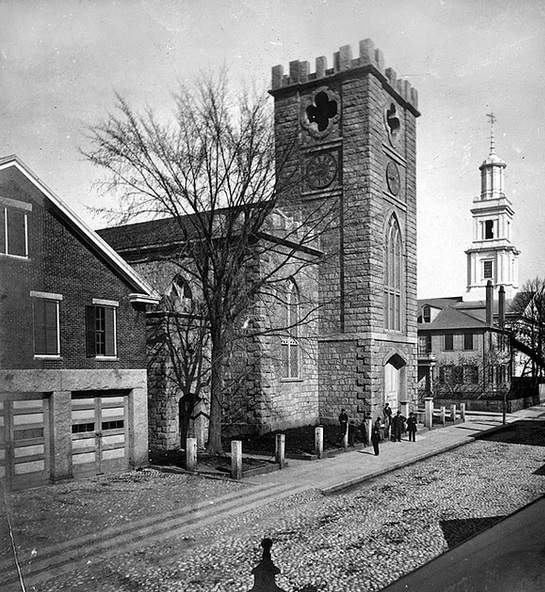
Mechanics were in such abundance and were responsible for so much industry early on in the city’s history that the name was attached to banks (Merchants and Mechanics, Mechanic’s National Bank), a Mechanics Insurance Company, industrial buildings (Mechanics Mill – a textile mill), there was a New Bedford Mechanics Association, a whaling vessel called the Mechanic, and one of the city’s first entertainment venues: Mechanic’s Hall. Which, incidentally, was the site of the first “negro” concert ever given in the city in 1845 with the “Sable Sisters and Ethiopian Minstrels” feature.
There was quite a Quaker neighborhood surrounding Mechanic’s Lane, some who were quite wealthy, notably Andrew Robeson who arrived in the 1820s from Pennsylvania, managed Rodman Candleworks, headed a few banks, invested in whaling, built a whale oil refinery and ultimately married into the Rodman family. He kept a stately mansion on Mechanic’s Lane’s false leg, Dover Street.
These Quakers were exceedingly talented craftsmen, many of whom would work on days that the more puritanical, Sabbath Day practicing Christians would not. This extra business day naturally led to more profit, hence such a strong financial presence in the city’s earliest history. In fact, Mechanic’s Lane is the oldest “alley” in New Bedford.
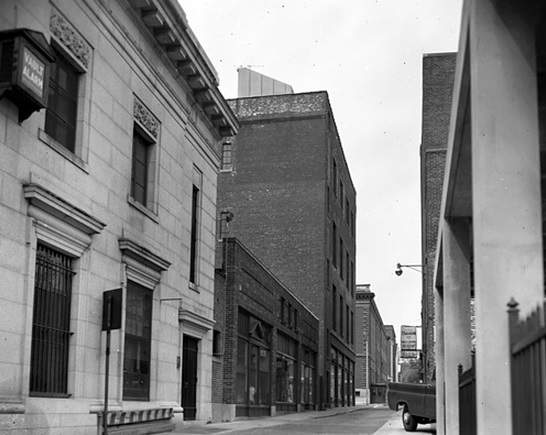
On the Northwest corner of Purchase and Mechanic’s Lane was the Central Fire Station. As firefighting technology progressed, and the engine began to come into use, it made a heck of a lot of sense to have a mechanic close by.
In essence, this lane was the destination for any craftsman or mechanics that you could possibly need. It was a service road, if you will, that assisted the city in its very beginning before and during the whaling boom. In context of the city grid, its placement makes a ton of sense – whether to repair fire engines at the Central Station, to provide in close proximity “mechanics” to assist anything related to whaling, or even the occasional wealthy citizen who could afford “mechanical” service.
So as they say colloquially, “Yeah, no…,” it’s not Mugger’s Alley, it’s Mechanic’s Lane and called so for a very good reason. Next time you are walking downtown, go a little of the beaten path and take a stroll down the city’s oldest alley. You’ll be walking down a street that people have walked down for over 200 years. But you know differently know. From a busy service street, to quiet “useless” shortcut – one of my favorite New Bedford Streets. Let’s keep it our little secret. 🙂
 New Bedford Guide Your Guide to New Bedford and South Coast, MA
New Bedford Guide Your Guide to New Bedford and South Coast, MA
















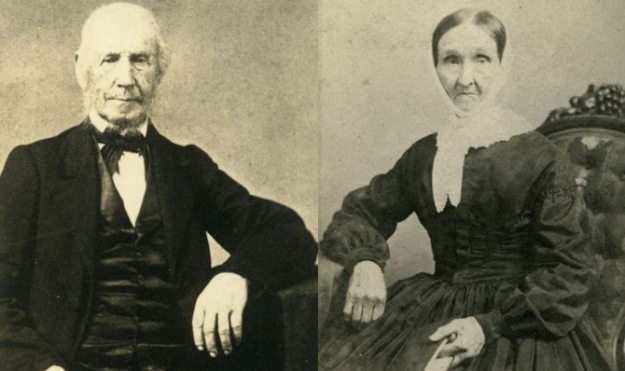
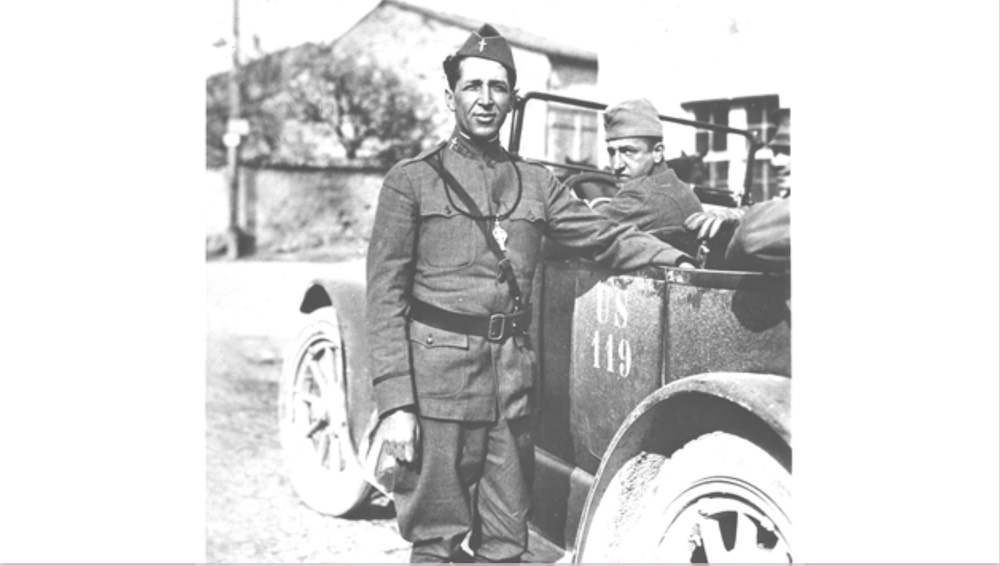

Joe have you ever found the blacksmith shop. I lived across the street from a Gentleman name Spooner and we were told he was the city blacksmith at one time.. when he passed his garage had some of his equipment
Sad to see the great buildings that could have been! Thanks again Joe for this contribution! Much appreciated!
Always love reading about what the city was. Keep on posting them!
You must look at Washington Avenue; it’s short (and narrow). I grew up there.
Can you tell me the name of the street where the old bldg of the standard times was across from the library. I always thought this was mechanics lane.
Th fire station later became a restaurant? That looks like the North Congregational Church.